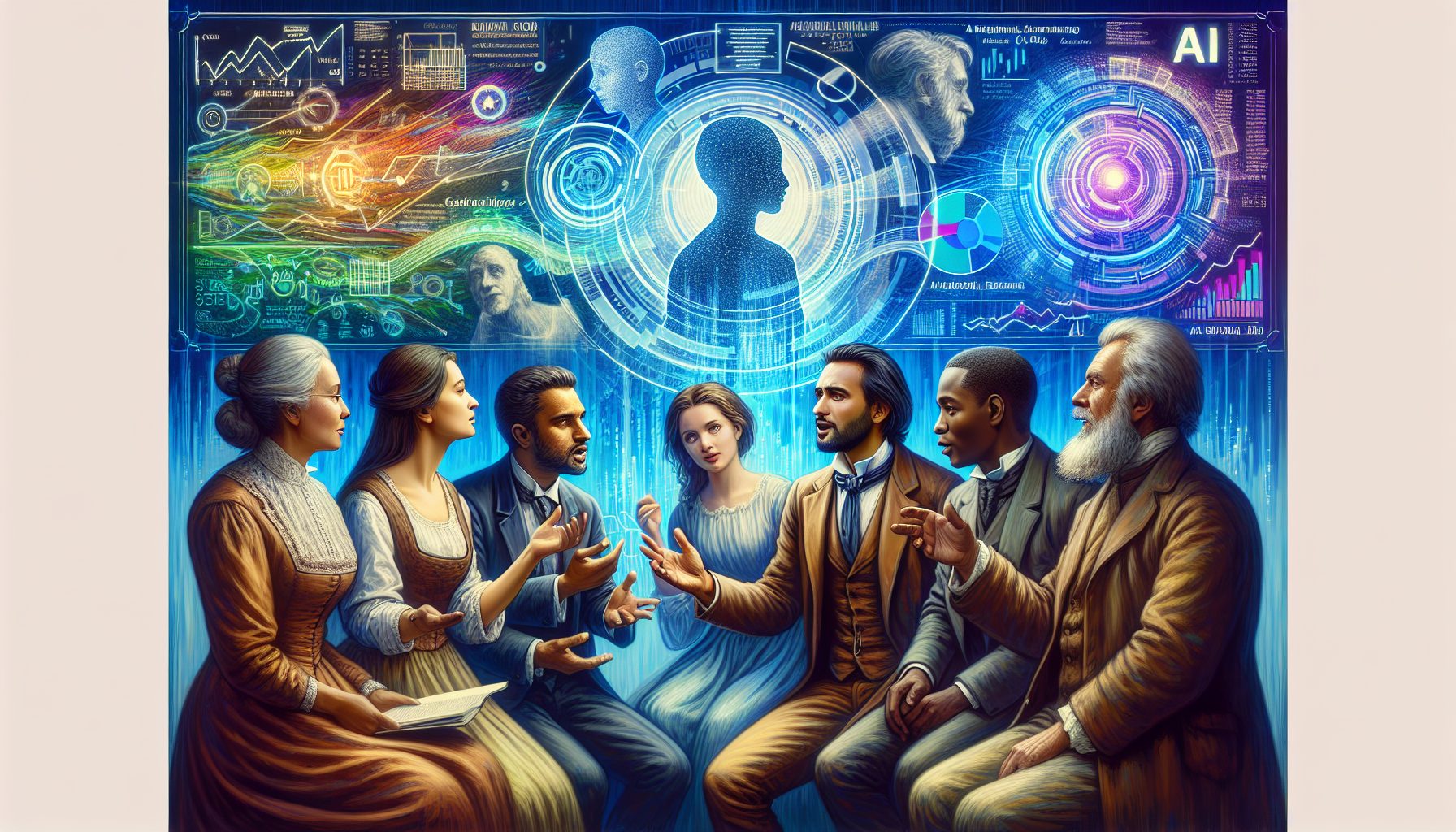SANTA MONICA, Calif. — Scott Painter is a car guy. At age 12, he started an auto detailing service. For $40 a pop, he’d pick up your car, drive it around the neighborhood on the sly and deliver a sparkling vehicle back to you. Half of the 14 businesses the serial entrepreneur has started—including Web site CarsDirect—involved automobiles.
“I’ve always loved cars,” says Painter, 34. “The auto detailing was mostly about driving the cars around the block.”
Now he wants to be the custom car guy. Painter is in the process of launching Build-To-Order Inc., a company that aims to do for manufacturing and marketing of autos what Dell Computer did for personal computers.
Chairman Painter sketches out the grand plan as he flies along Interstate 10 West in his BMW 745i to an old Air Force base in San Bernardino. This is the proposed site of BTO’s first plant, just off of fabled Route 66. The location, an international trade zone, will enable BTO to fly in parts and then send finished product out by rail or truck. It’s also a short hop to Los Angeles International Airport and the Port of Long Beach.
At this site, the company he chairs plans to build highly customized vehicles starting at $35,000, by outsourcing just about all aspects of their construction to suppliers whom he consolidates on this spot. If successful, BTO can post net profit margins he estimates at between 15% and 20%, unheard of in an industry where the bottom-line margin ranges from zero to 3%. BTO will have 400 employees, excluding suppliers. In 2002, Ford’s North American operations averaged 162,000 employees.
 When BMWs attack: Check out Baseline’s article on appliances run amok.
When BMWs attack: Check out Baseline’s article on appliances run amok.
If successful, a wholly new American maker of automobiles will create customized cars in low volume—fewer than 20,000 cars under one model. To achieve that distinction, Painter is thinking in computing terms, trying to wrench into existence what he calls an “open source” car.
Build-To-Order will publish specifications for all parts of the car, to encourage suppliers to build components to standard sockets and sizes. As a result, by Painter’s plan, customers could choose from 90 different stereos. Ralph Lauren would provide seats in a host of fabrics and colors. Even Prada seats are not out of the question.
BTO’s first car, which individuals watching the startup say will be called Auburn, is a fastback that slightly resembles the Chrysler Pacifica. The Auburn nameplate has not surfaced since the Great Depression.
The Auburn will use ready-to-hook-together modules, says Painter. Suppliers such as Johnson Controls, which makes interiors for General Motors and Ford, can use snazzy dashboards that otherwise would never see the light of day because they aren’t produced in volume. Door panels from suppliers such as Magna International and Lear will have parts that can be customized with leather, khaki or another fabric.
Like Dell, this will allow Build-To-Order to rely on suppliers to keep the pieces of the product up to date. And the customer still gets a state-of-the-art vehicle. “Building a car isn’t rocket science,” says Painter. “Ten years ago it was, but now all that knowledge is for hire.”
 Can BTO pull it off? Read all about Auburn’s chances in the market.
Can BTO pull it off? Read all about Auburn’s chances in the market.
Build-To-Order’s specialty will be assembly. Painter has divvied up the car into 13 modules such as interiors, chassis, panels and braking systems. Each will be pulled together by a supplier, such as Johnson Control or Dana. Each supplier’s factory will sit around a cross—the assembly line—which resembles a street intersection. And each of those suppliers’ factories may in turn be ringed by parts vendors that supply components that arrive minutes before being used in, say, a transmission.
For BTO to be successful, this will mean “real-time” management of such potential suppliers as chassis maker Visteon, steering vendor TRW and fuel injection systems maker Robert Bosch. To make that work, BTO’s information system will have to exchange data with the existing systems of a disparate set of suppliers. In turn, each of those module suppliers’ systems must communicate effortlessly with the parts suppliers outside their dock doors.
Sam Starr, CEO of Sterling Commerce, an e-commerce software company, says BTO is essentially doing what Dell and Cisco Systems do: assemble the best available pieces. In effect, it’s managing a network of manufacturers, none of which it controls.
“They will need a Swiss Army Knife integration broker that can be seamless and handle multiple standards,” says Starr. “They’ll have to say, ‘We’ll take anything for now’ and get suppliers to agree” on methods of communicating later.








